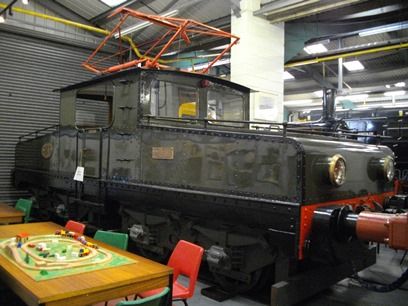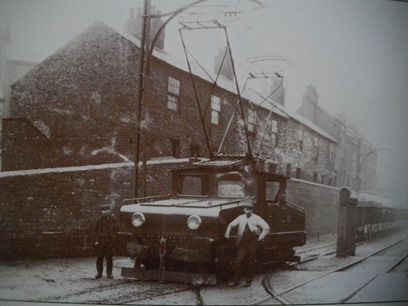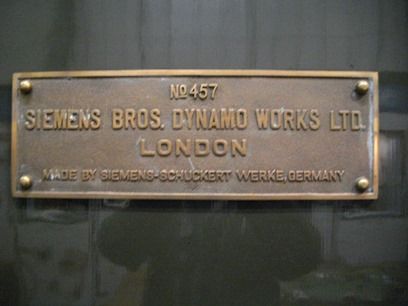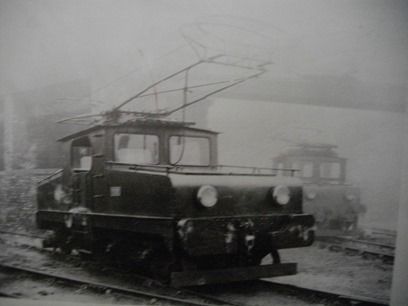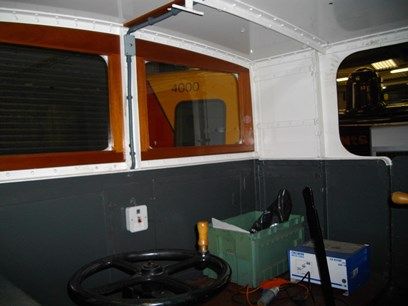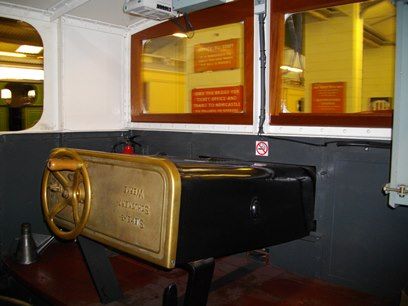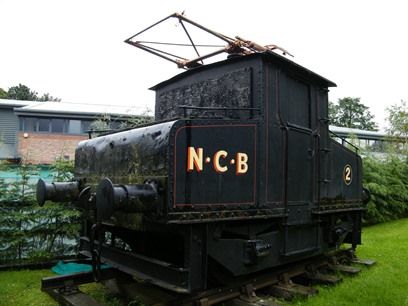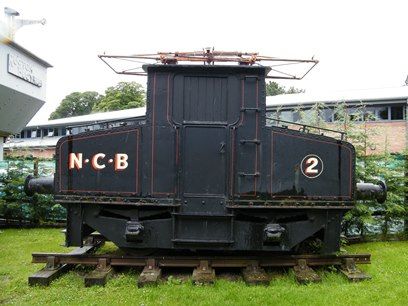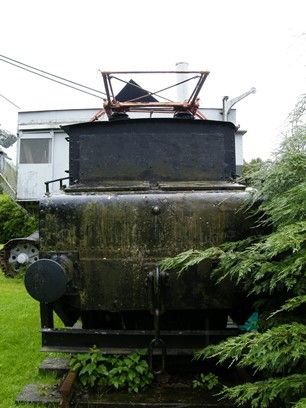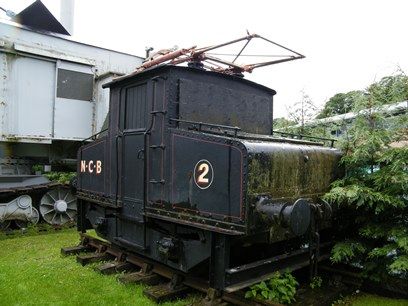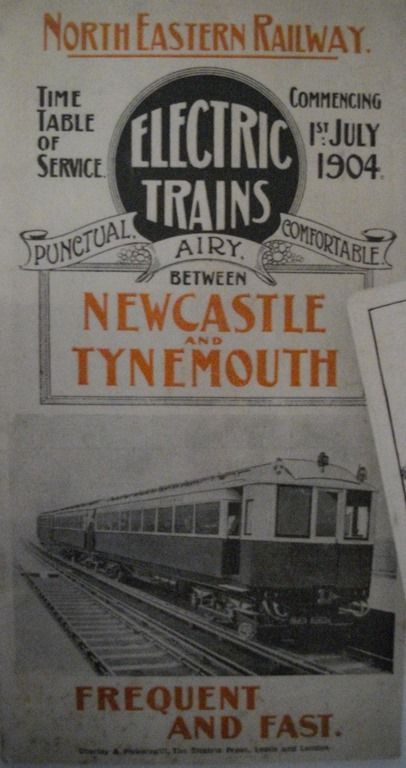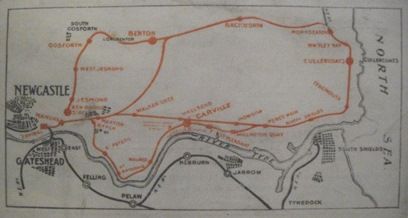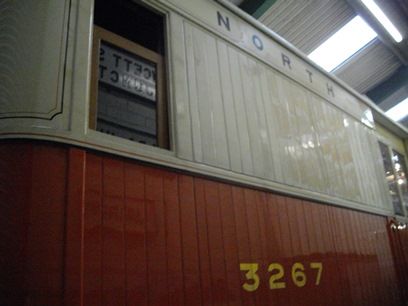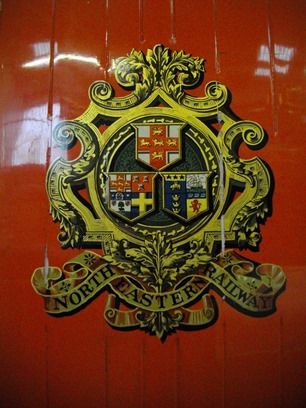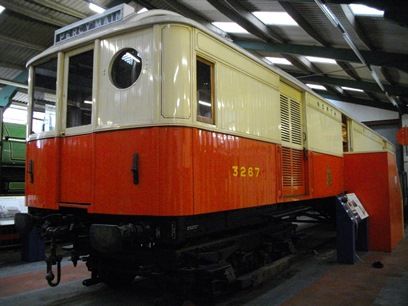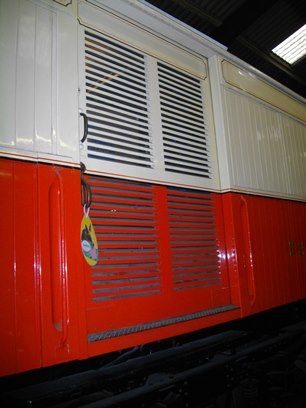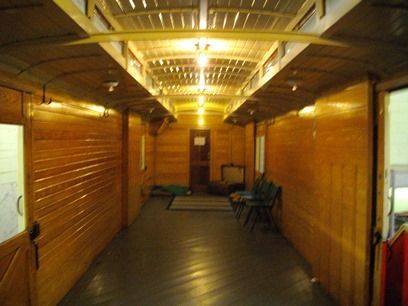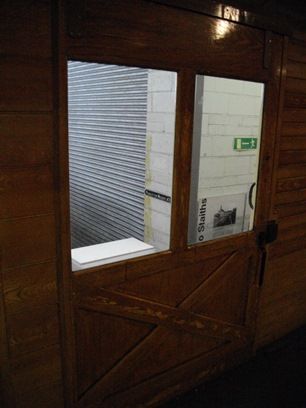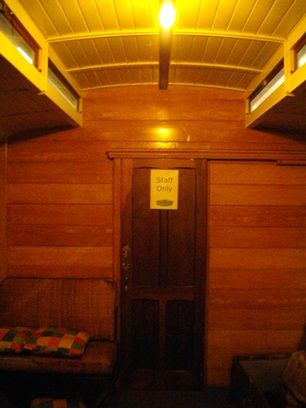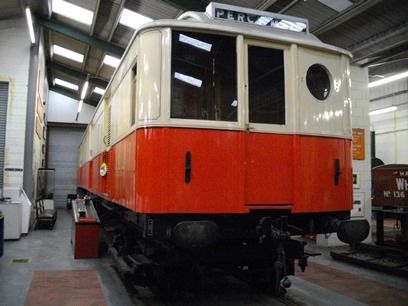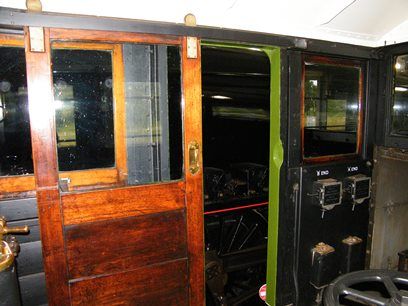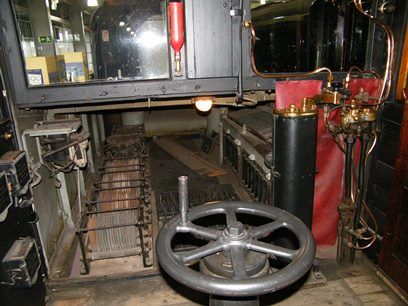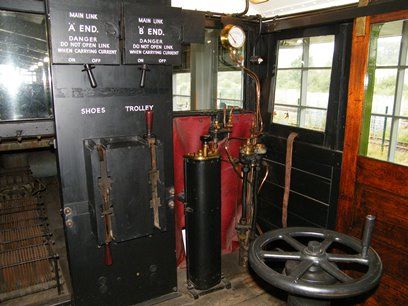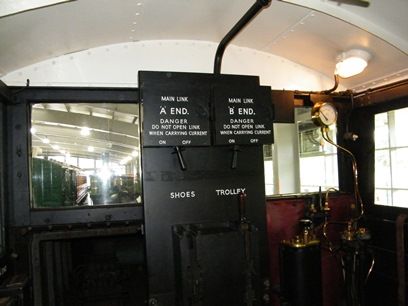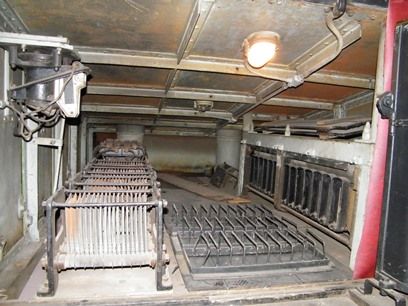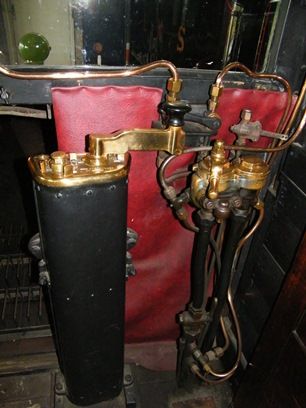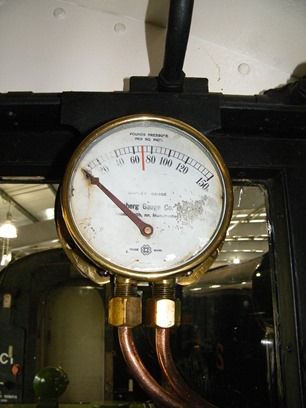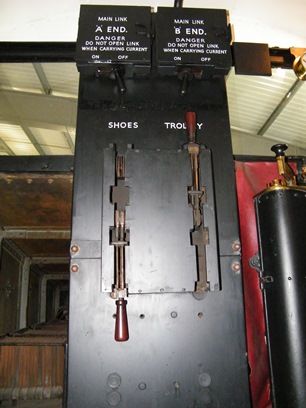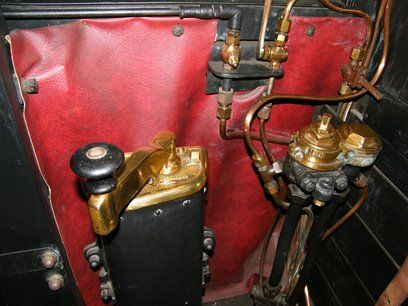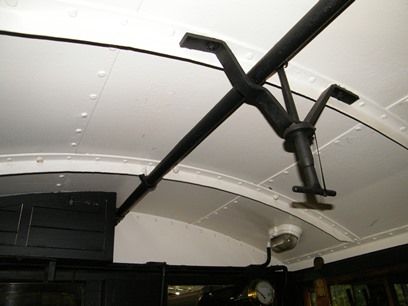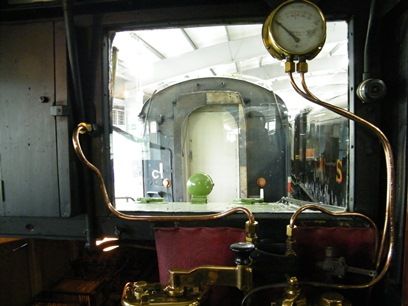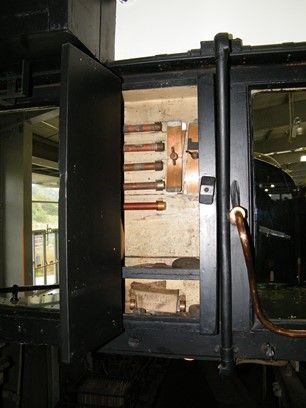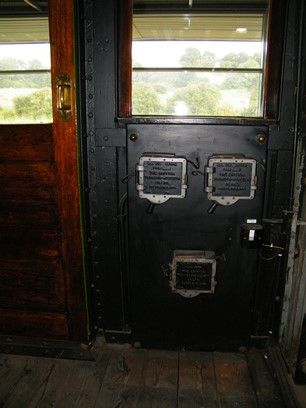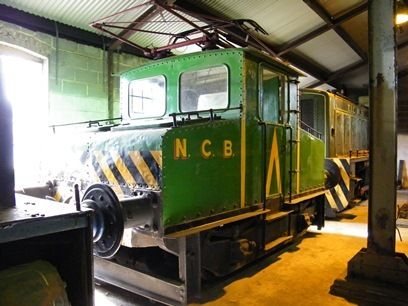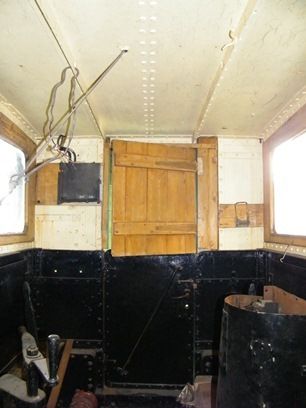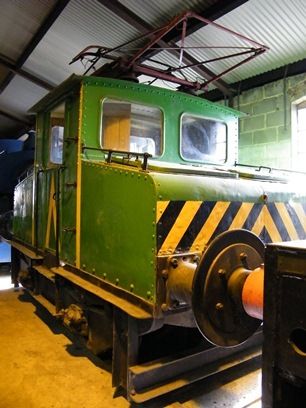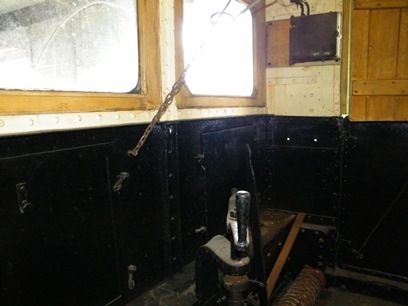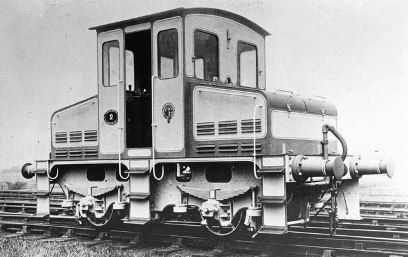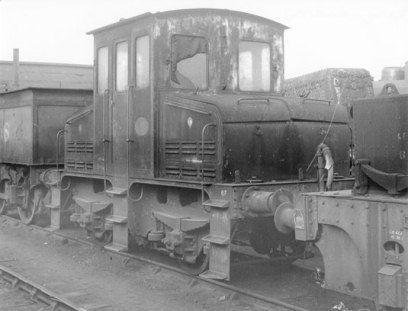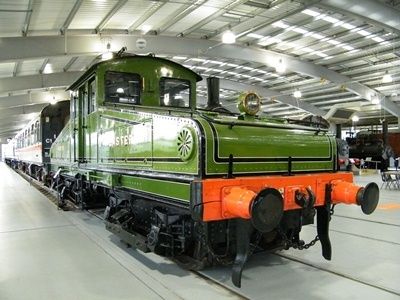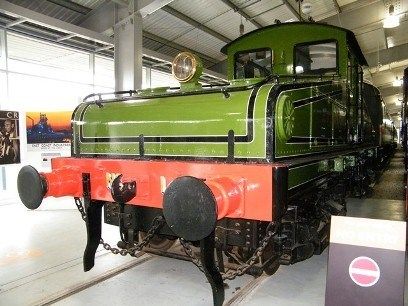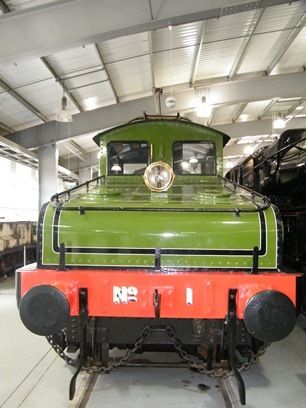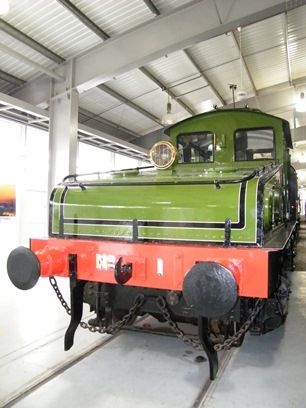E4 at Portberry Street, South Shields, 1910, photo believed to be from Tyne & Wear Museums
The fourth and final preserved Harton Coal Company Edwardian built electric locomotive to feature on this blog, this is E4, a BO-BO electric locomotive built by Siemens-Shuckert, sometimes just known as Siemens (previously, Siemens built locomotives on this blog have just been referred to as 'Siemens') in 1909, the same as E2, the four wheeled but otherwise very similar looking electric locomotive built by Siemens in the same year for the Harton Coal Company. The use of an electric industrial railway is very surprising, especially as industrial railways used steam locomotives up until I believe the very early 1980's in the UK, and certainly well into the 1970's, however the Harton Coal Company who operated several coal pits around South Shields was very keen to show itself as the most modern coal mine in the country if not the world, and the mines themselves were equipped with the latest Siemens built electric powered equipment.
E4 at South Shields, around 1909. Photo believed to be from Tyne & Wear Museums
E4 was one of nine Siemens built locomotives for the Harton railway, three of which survive today, and was in use for an astonishing 73 years, until 1982. The electric locomotives were used for hauling coal wagons up to the docks on the River Tyne. As can be seen from the cab roof pantograph of the surviving Harton electrics, they collected their current for the electric motors from overhead wires, E4 being equipped with four 35 kiloWatt motors. E4 is now on display at the Stephenson Railway Museum in North Shields, near Newcastle, across the river from where it originally worked. E4 has, surprisingly, been restored to working condition, which I believe makes it the only electric locomotive in UK Preservation that originally took its power from overhead wires that is still operational. The museum does not have overhead wires, but instead takes it power from batteries in a coal wagon which can be coupled up to the locomotive with a discrete pipe between the two to supply power to the locomotive. Unfortunately I haven't seen it in action but am very keen to, and opens up the possibility to restore to working order other preserved electric vehicles. The other surviving Harton electrics are all located in the north east, and have been featured on the blog here;

